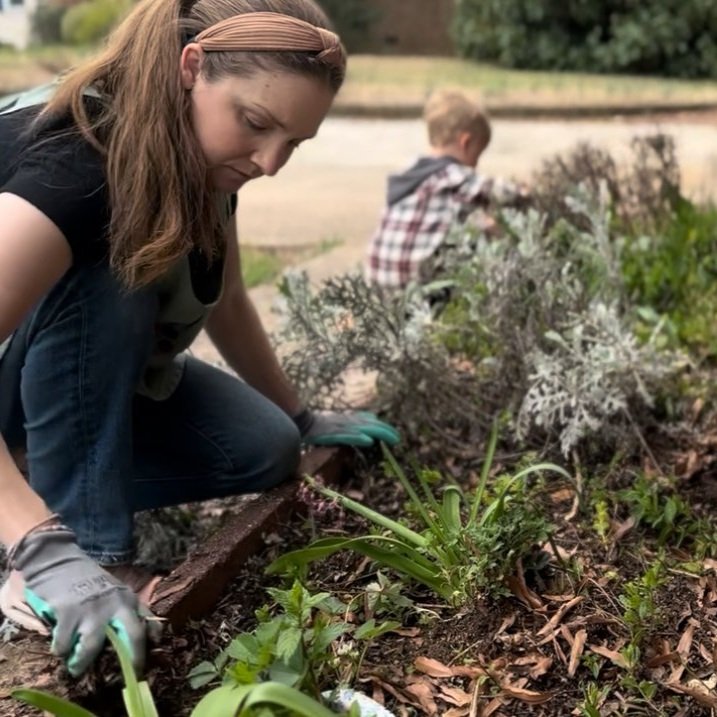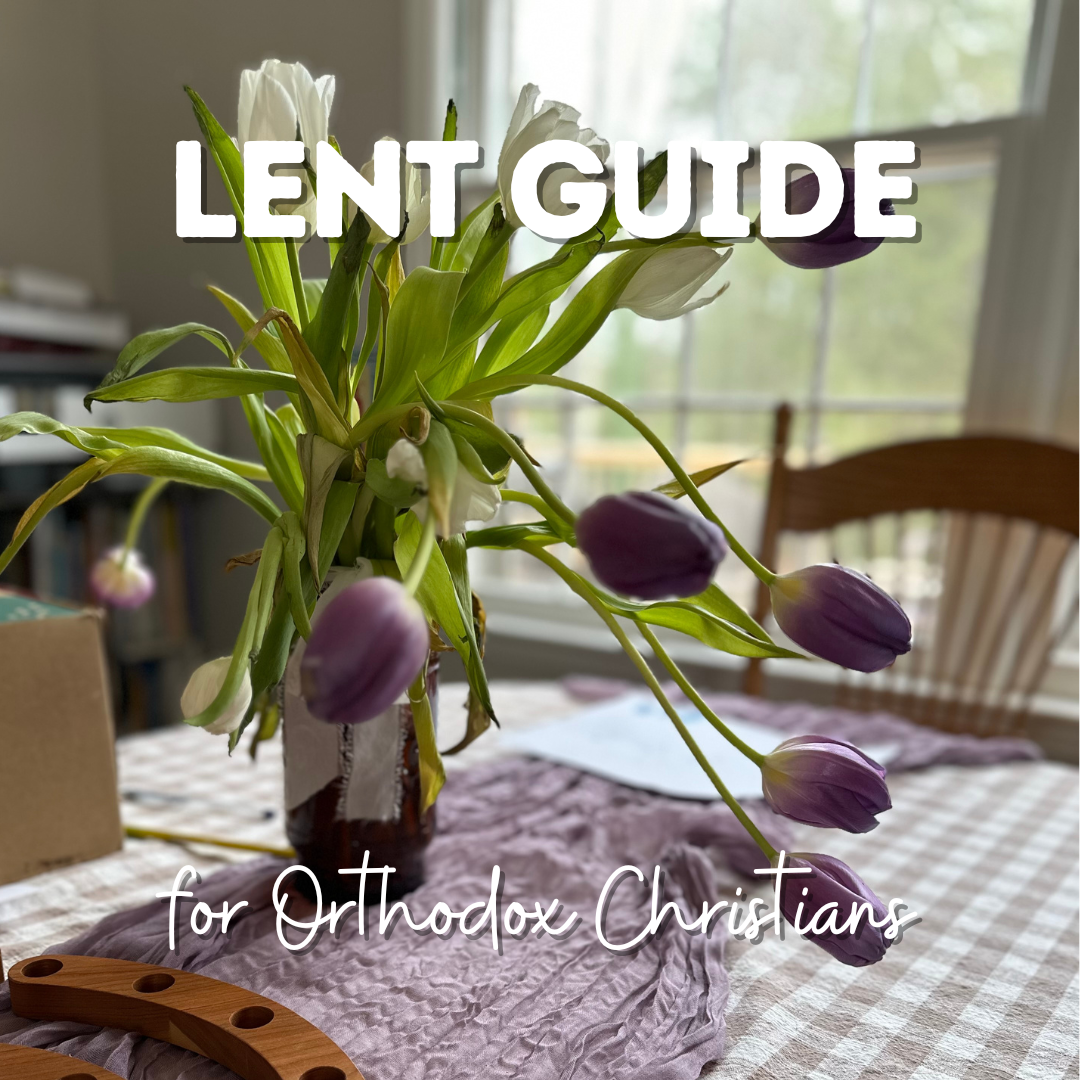Orthodox Fasting Guidelines for Lent
When I first inquired into the Orthodox Church, I was fascinated by the intensity of the fast for Orthodox Christians. Admittedly, growing up as an Evangelical Christian, I knew absolutely nothing about fasting. I was familiar with the term since it is mentioned in the Bible. Afterall Jesus fasted for 40 days (Matthew 4:1-11), but it was not something we practiced growing up. I didn’t realize that Christians had a rich history of fasting, mentioned in the Scriptures and practiced in the early Church. We see reference in the Didache, (and early Christian texts which scholar believe was written in the mid to end of the first century) which mentions weekly fasting. This was fascinating to me, and caused me to dig deeper. My first experience following the fast was while I was a catechumen, nearly 13 years ago now. As an Orthodox Christian now, married to an Orthodox priest, I have been immersed in the life of the Church for many years, so the initial confusion and overwhelm has settled. As we approach the fasting seasons of the Church, I find my heart is longing, once again, to be immersed in a more intentional spiritual school of Lent. I have received several messages from others who are inquiring or curious about Orthodox fasting guidelines, confused as to what to follow.
My purpose in creating this blogpost is to show a general overview on the Orthodox approach to fasting. This is not a teaching on fasting. My hope is to simply show what the Orthodox Church is offering us during Lent. Fasting is a spiritual discipline that should be practiced with the oversight and direction of your Priest. If you have any specific questions about how the fasting discipline applies to you, you should consult your spiritual father (Priest).
These slides were originally shared on Instagram on my account @asceticlifeofmotherhood.






















If you’re new to creating a Pascha basket, welcome! I’m glad you found this little blogpost. My hope is to share an example of a Traditional Pascha basket, which stems from the Russian tradition, and share what each item symbolizes.